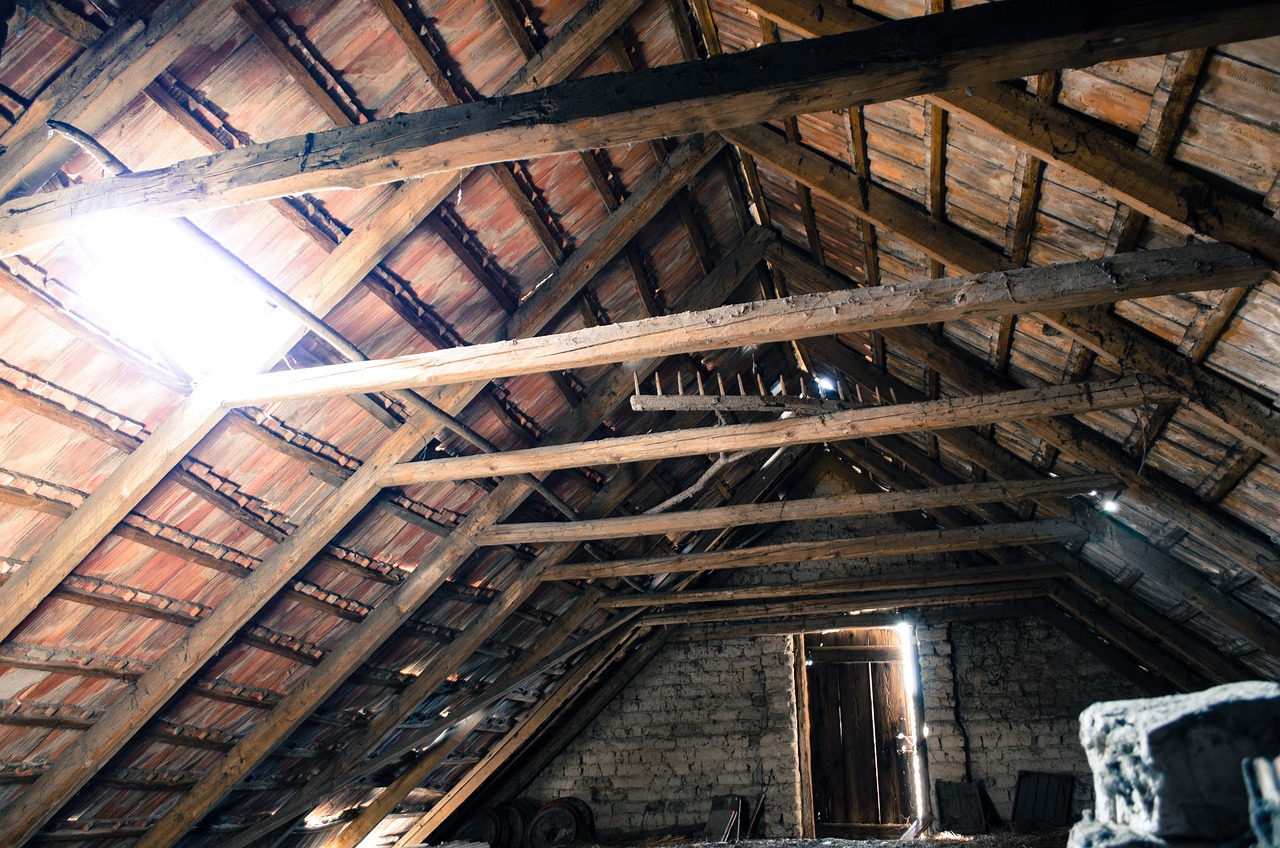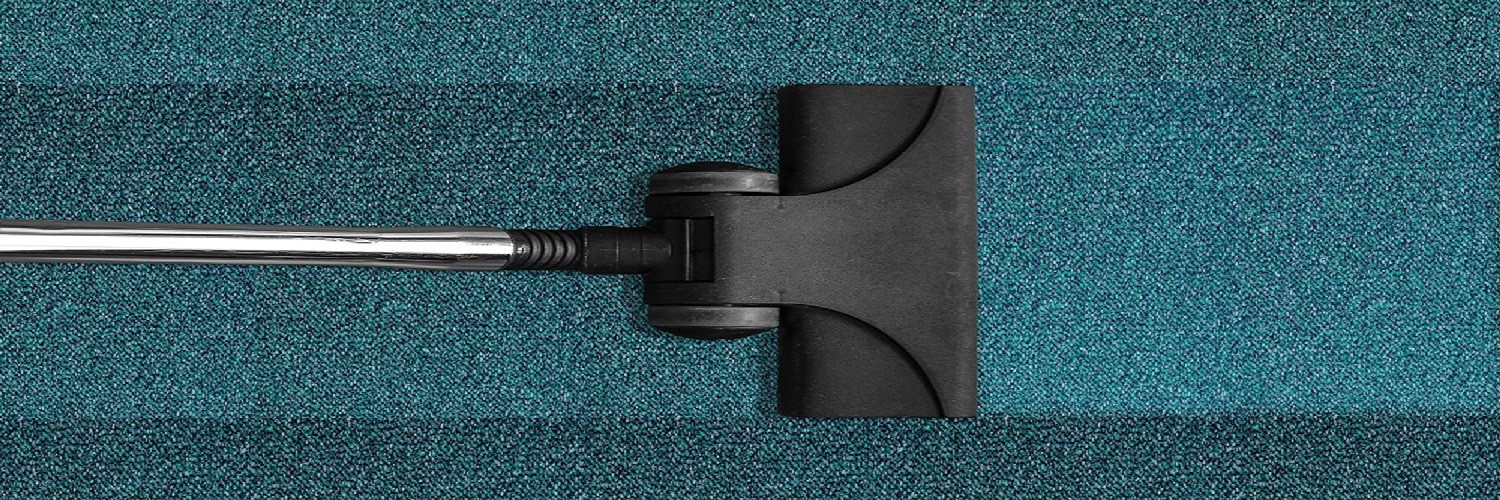If you want to grow your own house plants but don’t have a lot of time to do so, try the Dracaena or Snake plant. These plants are low-maintenance and require just monthly watering and periodic leaf rubbing. Aloe plants and Schefflera don’t need any soil and require minimal watering. And the air plants don’t need any soil at all!
Dracaenas
A common mistake that many people make when growing Dracaenas is that they overwater them. Because they store their own water, they don’t need to be watered as often as other houseplants. However, if you’re not careful, overwatering your Dracaenas can lead to the plant’s death.
Careful monitoring of moisture levels is key to keeping your Dracaena healthy. If you notice that the soil becomes soggy, you should add some fresh potting soil. If it seems too dry, you can increase the humidity level slightly. You don’t have to water your Dracaenas every day, but they do require some regular watering.
Snake plant
If you’re looking for an easy houseplant that doesn’t require a lot of water, the snake plant is the one to go for. Plants of this type prefer to be root-bound and may need repotting from time to time if they become top-heavy or tip over. A good time to repot snake plants is right before they come out of dormancy. A terra cotta pot with a drainage hole works best, and you can simply add some soil mix.
If you want to grow your snake plant, you can propagate it from cuttings or other methods. Keep in mind, however, that snake plants don’t have a high germination rate. It can take between three and six weeks to germinate. When it does sprout, the plant needs about three to six weeks of growing before it looks and feels like a real snake.
Aloe vera
If you have never grown an aloe plant before, you can use a special succulent mix. The mixture should be a mix of equal parts sand and potting soil. This type of soil dries out more quickly than other types of potting soil, so it is a good choice for aloe plants. Make sure the soil drains well and does not contain any waterlogged particles.
Aloe plants should be watered every two weeks in the spring and summer, and a little less frequently in the fall and winter. You can use excess water on the plant, but be sure to let the pot sit for about ten minutes to let the soil absorb it. After that, drain the excess water. The plant will continue to grow and produce juice.
Schefflera
You may have already read about schefflera, an easy-to-care-for plant with lush green foliage and a tropical vibe. If you’re wondering if you should give this plant a try, then read this Schefflera plant care guide. It includes important information on growing conditions, plant care, and other tips. Although Schefflera plants are very easy to grow, you will need to prune them regularly to keep them from growing too big and uncontrollably.
One of the most common problems with schefflera is overwatering. If you plant your Schefflera in a large pot with no drainage holes, you might be watering it too much. If the soil is always too wet, you’ll have to keep it watered more frequently or the leaves will become yellow. The plant also suffers from lack of light indoors and can get leggy or fall off completely.
Aloe vera is a drought-tolerant houseplant
This succulent plant stores water in its leaves and is therefore drought-tolerant. Its water-saving properties make it an excellent houseplant for low-light environments. Aloe Vera needs little watering and arrives full and lush. Its leaves are used for a variety of different purposes. The sap from the plant’s leaves soothes burns and abrasions. The plant grows well in low-light environments and can be kept indoors in a window.
It can tolerate dry, hot, and hot climates and thrives in sunny windows. Its leafy stems can withstand direct sunlight but they are more prone to sunburn if they’re kept in direct sunlight. Aloe Vera plants need bright light for six to eight hours a day, so make sure to place your plant in a window that gets plenty of light every day.



